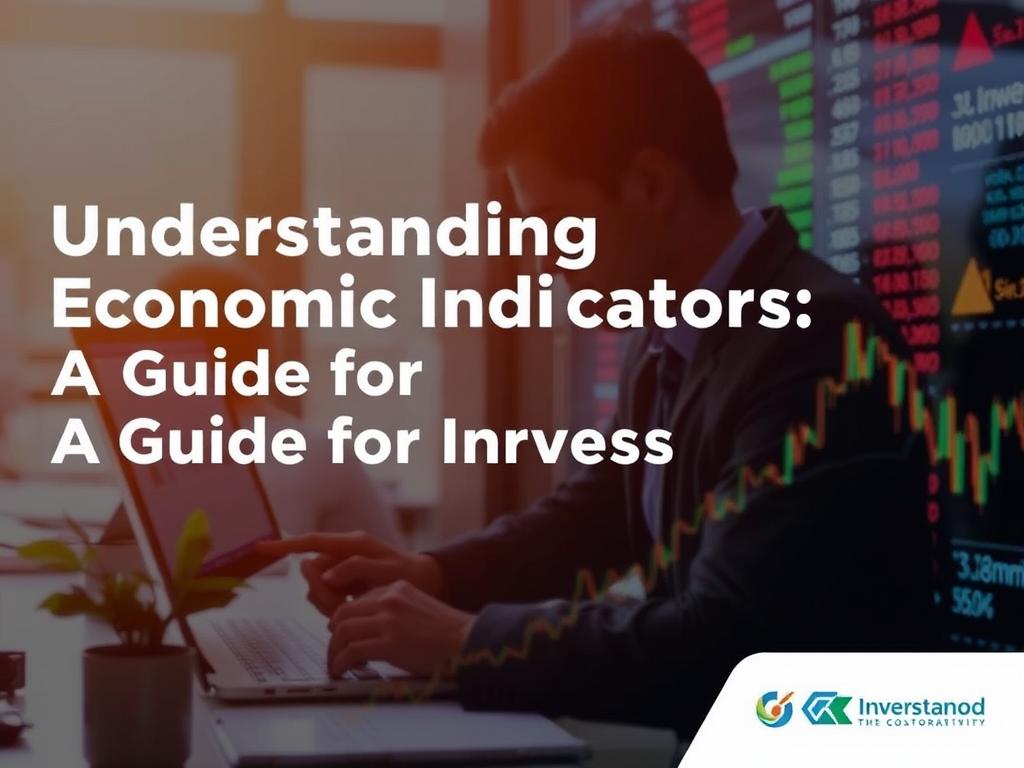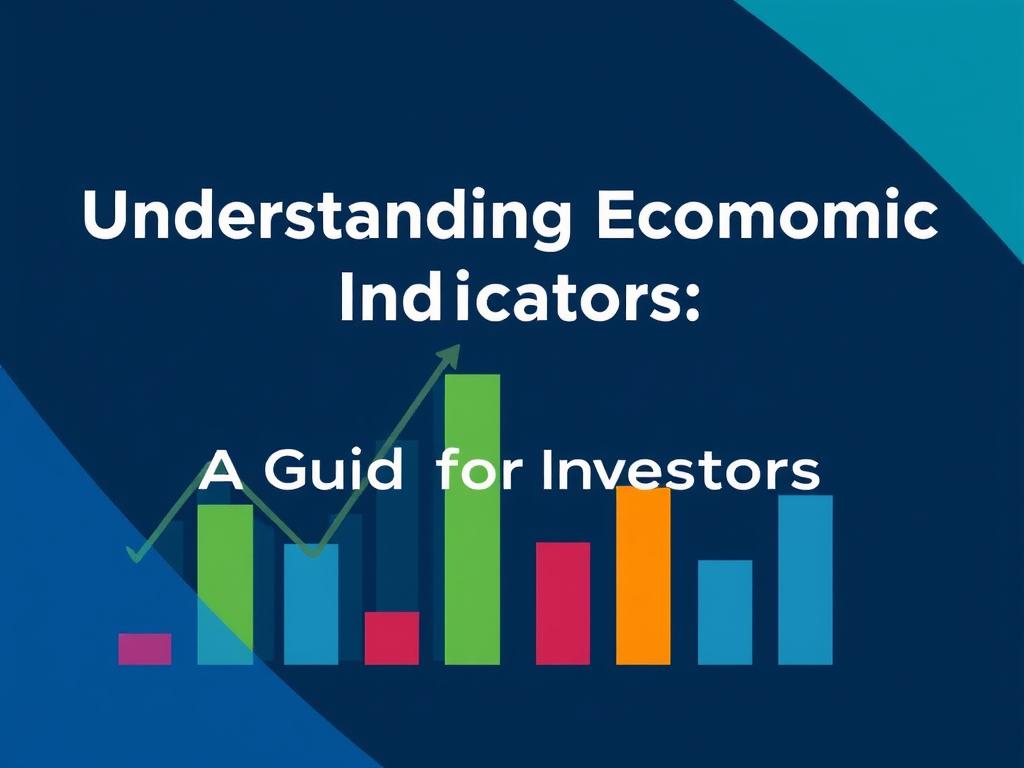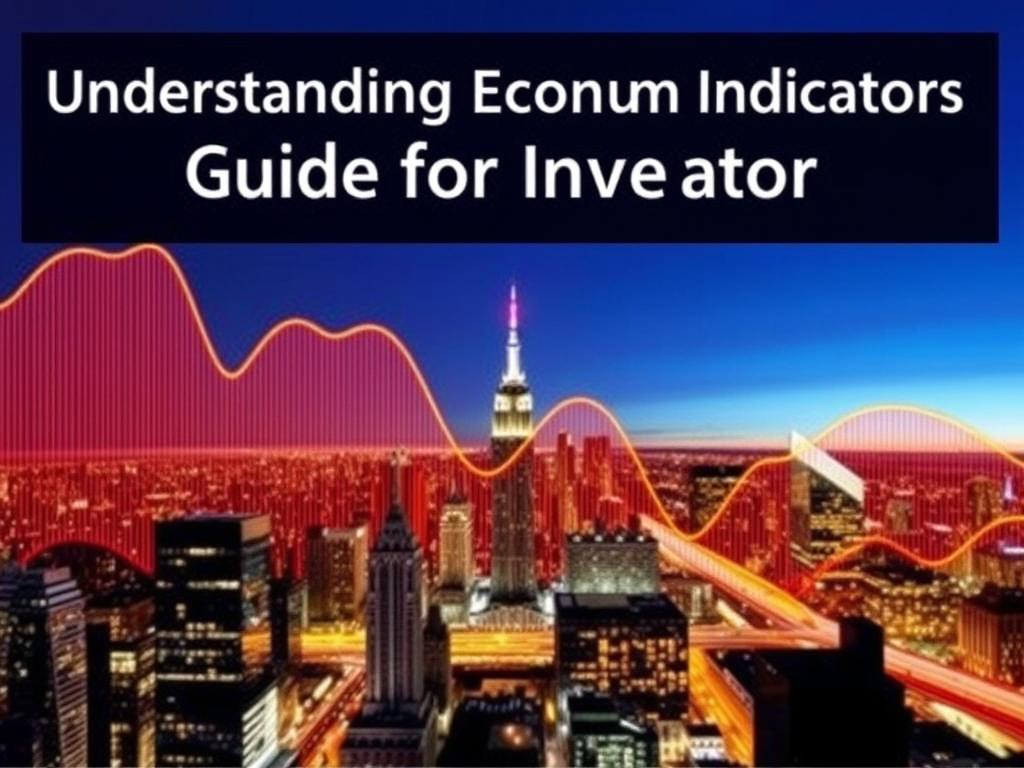Hey you! Yes, you reading about the latest meme stocks while sipping your third coffee of the day. Want to sound super smart at your next brunch meeting with friends? Well, today’s your lucky day! Let’s chat about economic indicators—the not-so-secret sauce that can help you navigate the wild world of investing.
What Are Economic Indicators Anyway?

Think of economic indicators as the weather report for the economy. Just as you wouldn’t wear flip-flops if it’s snowing, you wouldn’t want to dive into a stock or crypto investment without checking out these nifty little numbers. They provide insight into the health of the economy, helping investors predict trends and make informed decisions.
Types of Economic Indicators: The Fab Three

Let’s break this down into bite-sized chunks so small that you could snack on them during your favorite Netflix binge. Economic indicators typically fall into three categories:
- Leading Indicators: These are like those friends who always know when a new restaurant is going to open. They signal future economic activity. Think of things like stock market returns, new housing permits, and consumer sentiment. If these are up, the economy might just follow suit!
- Lagging Indicators: Picture these as the “slow to react” buddies at the party. They tell you what happened after it already went down. Examples include unemployment rates and corporate profits. They’re great for confirming trends but not much help when it comes to predicting the next big move.
- Coincident Indicators: These are the down-to-earth friends who tend to stay in the moment. They move with the economy, showing its current state—like GDP and industrial production. They’re your best bets for assessing where we stand right here, right now!
Why Should Investors Care?

Knowing about economic indicators means you’re like the cool kid who’s always in the loop. They help you make informed decisions about your investments. Here’s why they should be on your radar:
- Timing the Market: Economic indicators can guide you on when to buy low and sell high. Imagine knowing when your favorite stock is about to skyrocket—who wouldn’t want that, right?
- Portfolio Diversification: Different indicators signal when it’s time to shift gears. If the unemployment rate is climbing, you might want to double-check those investments in consumer discretionary stocks.
- Market Sentiment: Understanding these indicators offers insights into what’s on the horizon—especially useful when traveling through the twists and turns of the crypto market.
Okay, So Where Do I Find These Indicators?

Don’t pull out your crystal ball just yet! A quick Google search will lead you to various reputable financial news websites and government economic data resources. Here are a few places to check out:
- Government Reports: The Bureau of Economic Analysis (BEA) and the Bureau of Labor Statistics (BLS) are like your personal finance librarians.
- Financial News Sites: CNBC, Bloomberg, and even your feeds on Twitter can keep you updated.
Final Thoughts: The Bigger Picture

To wrap this up like a cozy burrito, understanding economic indicators isn’t just for Wall Street sharks. Whether you’re eyeing that next altcoin or trying to decide if it’s time to jump into stocks, these indicators are your best friends. So pop them into your toolkit and watch your investment game level up!
Ready to dive deeper? Let’s get the financial literacy party started! Bookmark a few economic indicator resources and start monitoring them. Who knows? You might just become the next market wizard—minus the pointy hat and magic wand, of course! ✨


